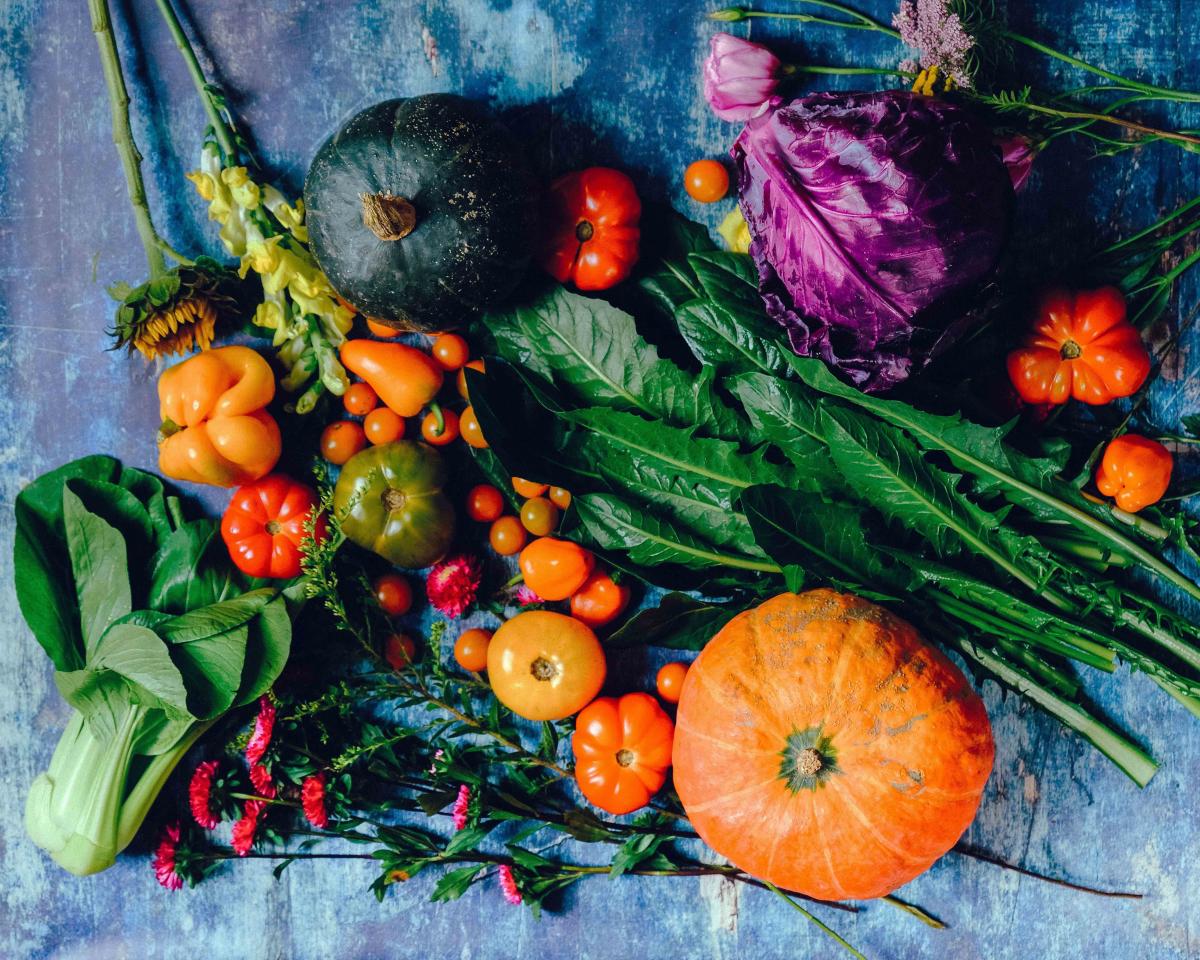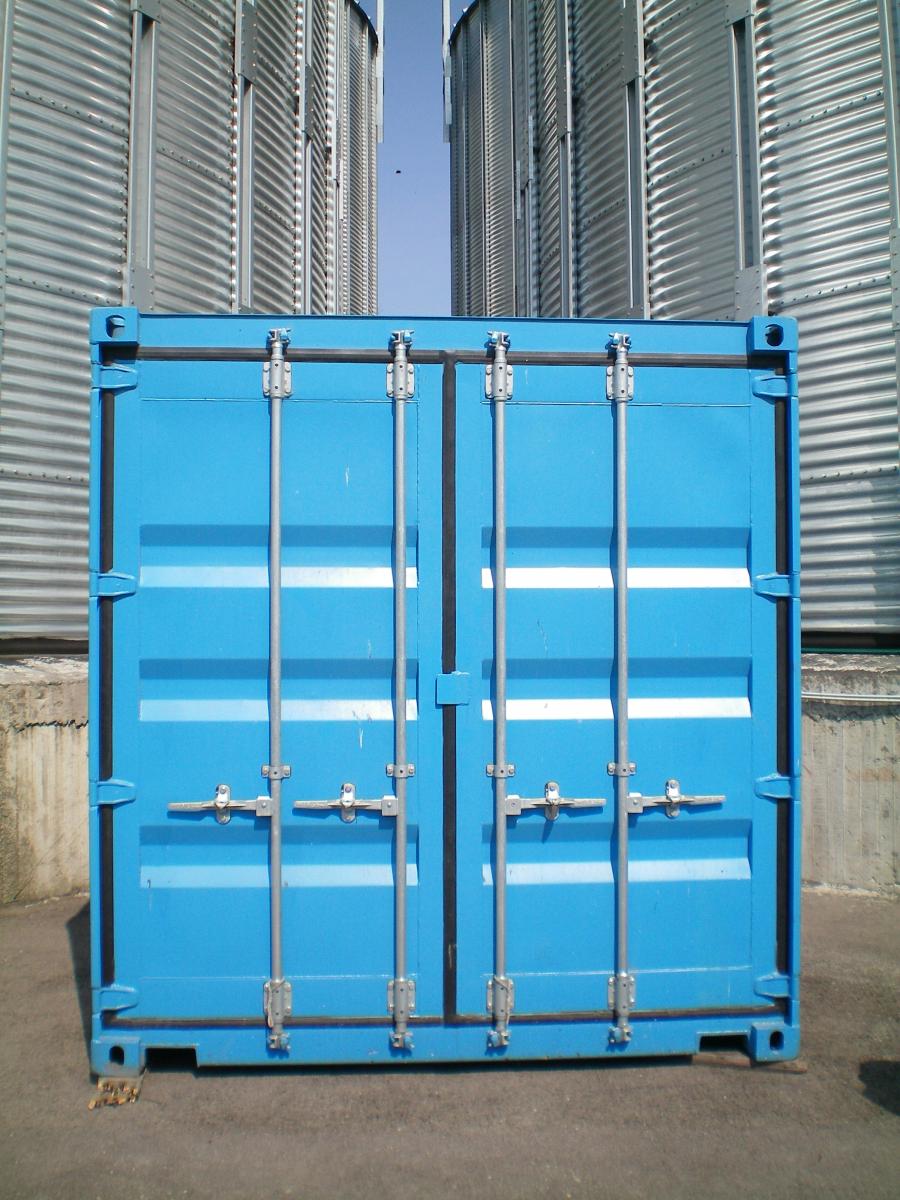For today's consumers, food transparency is no longer an option but a requirement. They want to be informed about what’s in their food, where it is sourced from, and what the ingredient claims really mean. What do manufacturers mean when they say “no artificial preservatives, no added flavouring or colour?”
The level of consumer awareness has risen over the past decade, amplified by a greater sense of acknowledgement that they have the right to demand higher quality food, that is ethnically sourced and safe to consume. These rights also affect the accessibility of agricultural food producers to global markets, which are integral to the economic development and profitability of the business.

The penetration of microbiological and chemical threats can spread from production to consumption.
While food safety guidelines are available to manufacturers, ensuring the elimination of hazardous factors such as microbial, chemical or physical require efforts beyond implementation. Understandably, when undetected with the naked eye, the penetration of microbiological and chemical threats can spread from production to consumption. Microbial contamination can occur when moisture is trapped in food packaging that is inadequately handled and can cause serious health repercussions. It can even occur with the presence of contaminated water when produce is cooled, washed or transported within packing and storage facilities. Other contributing factors to food spoilage include fertilisers, contaminated water and soil, unhygienic equipment, and workers who do not follow food safety and hygiene regulations.
“The food industry has progressively realigned its priorities with the emergence of these constraints, that is, to identify food contamination before it enters the supply chain. Maintaining accurate tracking of the conditions and freshness of products right through to final delivery are top priorities,” says Nalin Amunugama, General Manager of BOGE Kompressoren Asia Pacific, a leading air compressor system solutions provider.
The industry, he adds, is aware that has to keep up with the changing needs and perspectives of today’s tech-savvy consumers, and this means pouring more investment into research and development, and coming up with better technologies and strategies to address food safety challenges across the entire supply chain.
Unchecked food deterioration
With a global and complex food supply, it is almost impossible for food producers and retailers to identify the provenance of their products; increasing chances of food fraud occurrence at any point along the supply chain. The World Health Organisation (WHO) approximated 420,000 deaths in 2018, with 1 in 10 people falling ill by consuming contaminated food. Food fraud is estimated to cost up to 15% of annual revenues for companies caught in food scandals and still poses a constant threat to our food supply, thus intensifying the pressure to solve and eliminate food safety outbreaks. If not identified and isolated quickly, food contamination can result in higher consumer risks and economic loss.
“Not only does the lack of food safety negatively affect producers and manufacturers of the food industry, it can potentially be harmful to consumers and their health,” Mr Amunugama cautions.
Notably, oxygen has been the top-most cause for food spoilage – playing an integral role in encouraging microbial activity that can be resistant to conventional techniques of food preservation and safety. The addition of enzymes into the mix of microbial activity sparks off chemical oxidation creating a chain of reactions comprising proteins, lipids and fatty acids that diminish the quality of taste, colour and smell – all severe repercussions for food producers, manufacturers and consumers.
Safety and traceability
Preservation trends in 2018 focused on blockchain technology for the detection of food safety and traceability. Initially developed as part of the cryptocurrency Bitcoin, blockchain is an immutable digital ledger that keeps a record of transactions related to any product or service. Although it has been successful with bitcoin, whether it works in the context of the supply chain is still debatable among analysts. The technology, while proving advantageous in giving government investigators a head start to identifying the specific source of the produce does not seem to serve as a precautionary measure as no aspect of the system is evaluated to guarantee that the produce is, in fact, contaminant-free.
Despite setbacks, equipment manufacturers continue to pursue technological breakthroughs to address food contamination. In line with this, is the rise of cutting-edge sustainable and innovative technologies to counter food spoilage and outbreaks, ranging from atmospheric-control to organically-friendly and edible coating techniques.
Controlled atmosphere technology
Protein is a much sought-after ingredient among consumers who associate its benefit with strength and energy. According to Grand View Research, the global protein ingredients market is expected to grow by CAGR of 7.4% at a value of USD 46.5 billion by 2025. However, its integration into the healthier lifestyle choice category continue to be met with concerns to slow down spoilage.
Until recently, the only option, specifically for seafood was to pack it on ice in polystyrene containers and use airfreight to ship proteins from the source of supply to the end market. Technology specialist, BluWrap has come up with a solution to naturally extend the shelf-life of perishable proteins. The patented controlled atmosphere technology uses fuel cells to actively reduce and consistently monitor oxygen while the product is being shipped in refrigerated containers, extending the shelf life of fresh proteins well beyond 40 days. The technology maintains a consistent atmosphere and provides transparency throughout the supply chain by continually tracking temperature and oxygen through built-in sensors.
The technology’s packaging solutions combined with sea freight provides a viable alternative to traditional shipping methods, and eliminates time constraints to freshness by modifying the atmosphere, and at the same time, reducing the environment’s carbon footprint. For example, pork shipped from Denmark to Australia using BluWrap packaging technology showed no change in colour and texture when it reached its destination, despite 56 days in transit without ice or freezing. The company began working with pork after customers in China and Japan requested shipments of fresh pork from foreign suppliers to satisfy local markets and preferences for fresh rather than frozen product.
Protection from pests
A large part of the grain stored worldwide falls victim to pests, such as granary weevils, parasitic fungi, mice and rats. BOGE’s BLUEprotect uses nitrogen from ambient air to remove oxygen from the silo and take away the means of survival for pests and fungi. The solution is based on the simple principle where BOGE feeds a mix of gases into the grain silos - consisting of almost pure nitrogen with a maximum of 1% residual oxygen. The nitrogen drives out the oxygen, thereby removing aerobes, and consequently, the means of survival for pests and fungi. At the same time, the effect of breathing losses is minimised, and the risk of smouldering fires is decreased. After use, the nitrogen is re-absorbed into the ambient air.
BLUEprotect is the ideal choice for pest control, especially where the use of chemical agents is not permitted or desirable, specifically in ecological farming or in the supply chain for breweries. Malting plants, for instance, have to ensure no chemical residues are left behind in the barley; these could later find their way into the beer with the malt when brewing.
While the nitrogen counters the reactive growth of microbial activity to maintain the quality of nutrients, it also improves the freshness of the product.
Edible, invisible coating
Fresh fruit and vegetables are rich with antioxidants, fiber and nutrients, essential to a wholesome diet and to satisfy dietary requirements to maintain optimal health. If not consumed in time, these living and breathing organisms will decay along with their nutrients. Apeel Sciences recently developed Edipeel - a tasteless, odourless, edible coating made from plant materials. The coating prevents spoiling by tackling the two leading causes - water evaporating from the produce and oxygen getting in. It works as a coating against oxidation, transpiration and microbial growth during the post-harvest stage. Food producers can either dip or spray their harvests with a thin layer of the edible and invisible peel to lock in moisture and slow down the chemical reaction that occurs from within the produce.
Apeel says the solution keeps produce like avocados and oranges from going bad for weeks longer than usual. It can double the shelf life in some cases, even without refrigeration. Besides selling the coating to major fruit and vegetable producers in the U.S., the company is also working with farmers in Kenya and Nigeria, where Edipeel is awaiting regulatory approval, in order to keep their produce fresh long enough to be transported from rural areas to larger markets.

BOGE's BLUEprotect drives out oxygen and destroys pest and fungi in grain silos.
Emerging technologies
As with other industries, the food safety supply chain can benefit greatly from technology, especially since the cost of technology, information and data storage have reduced significantly over the last ten years. The traceability systems we see today rely on mobile devices to deliver the information. Growers, food processors, distributors and retailers can also use inexpensive, easy-to-programme, cloud-connected devices like Android phones and iPhones to scan barcodes in warehouses and supermarkets.
With the rise in mobile devices and broadband access, product and nutrition labels, origin or source, food safety and quality can all be integrated into one mobile application.
“In the near future, with traceability technologies, food manufacturers will have the capability to deliver whole chain traceability data directly to the customer, and this would be helpful in alerting consumers about recalls and/or foodborne diseases quickly and in real time,” Mr Amunugama says.
Highsnobiety Sneakers













